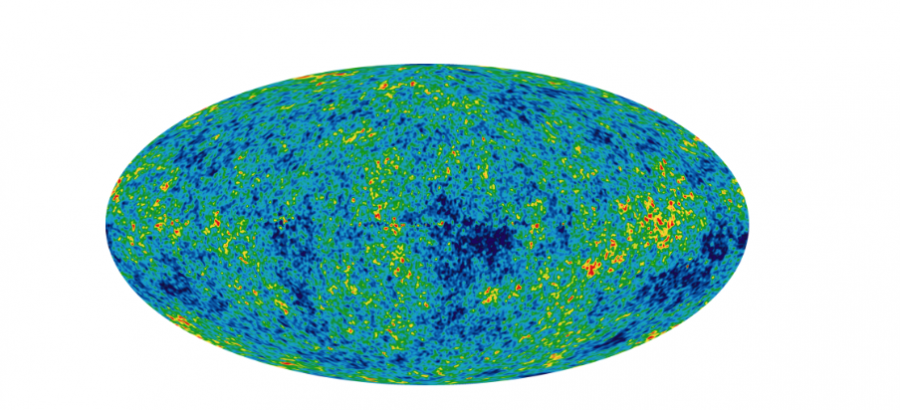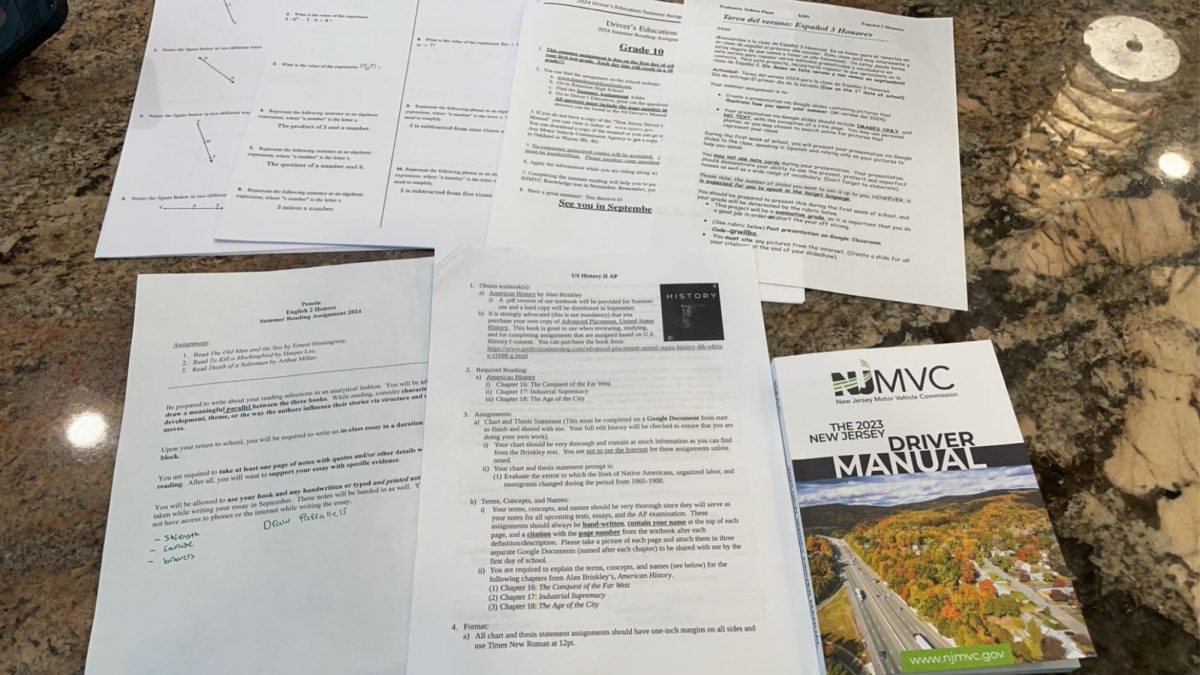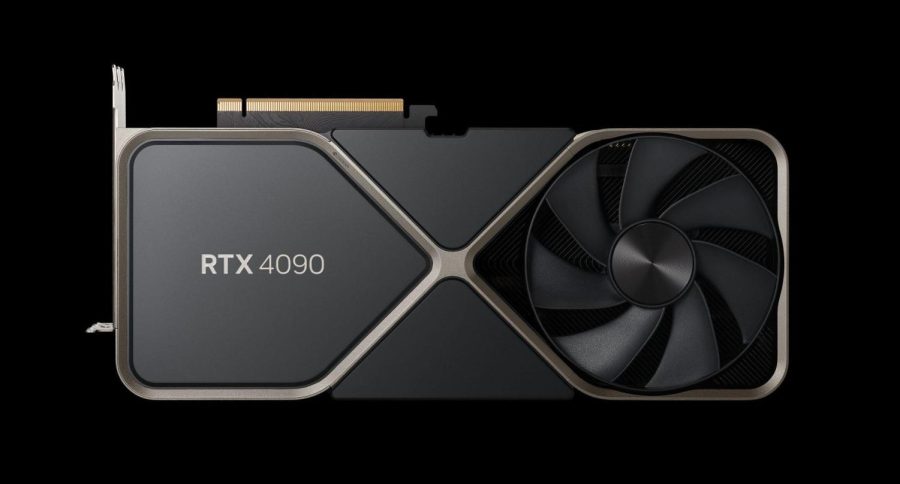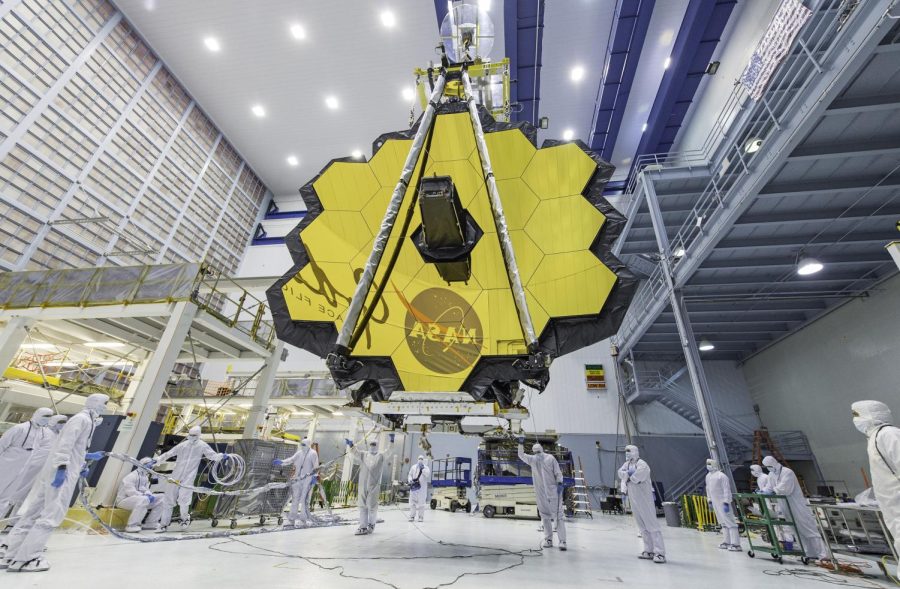The Big Bang theory is the prevailing and most accepted cosmological model of our Universe. The theory describes that the Universe expanded from a very high-density and high-temperature state and also provides an in-depth explanation to the broad range of phenomena found in the Universe, including cosmic microwave background (CMB), the remnants of electromagnetic radiation from the Big Bang.
Cosmic microwave background radiation is an emission of blackbody thermal energy and is an important source of data on the Universe when it was created because this radiation is the oldest electromagnetic radiation ever found, dating back to the recombination epoch. It is also one of the main pieces of evidence supporting the Big Bang Theory.
CMB radiation was first predicted by Ralph Alpher and Robert Herman back in 1948 when they tried to estimate the temperature of the CMB radiation. They reasoned that the high-energy radiation during the expansion of the Universe would have stretched and cooled into the microwave area of the electromagnetic spectrum. However, they never proved if the microwave background radiation was actually present.
While their results were discussed in many physics settings, the astrological community was not interested in cosmology at the time, causing the predictions to slip through the cracks until Yakov Zel’dovich, a Soviet physicist, rediscovered them and when Robert Dicke, an American physicist, independently predicted the temperature at the same time in the early 1960s.
Later, in 1964, physicist and astronomer Arno Penzias and Robert Woodrow Wilson discovered CMB radiation by chance.
They were conducting radio astronomy and satellite communications experiments when during their first measurement with their Dicke radiometer (microwave radiometer), they found that their antenna temperature had an excess of 4.2K. The only thing is, is that they did not know why.
A meeting between Princeton and Crawford Hill groups determined that what Penzias and Wilson had measured was indeed microwave background. Penzias and Wilson later received the 1978 Nobel Prize in Physics for their discovery.









